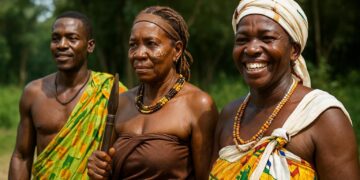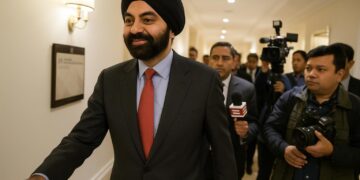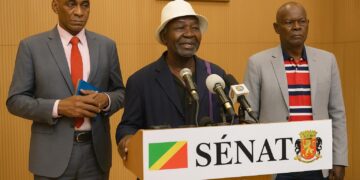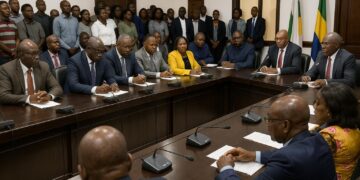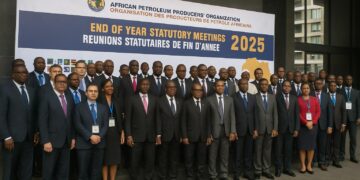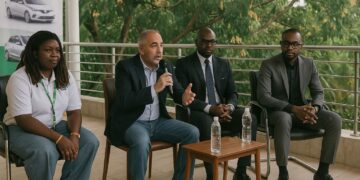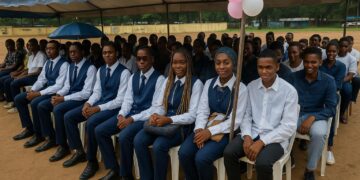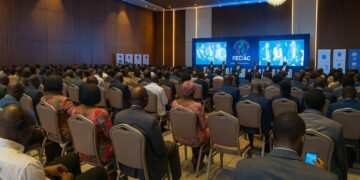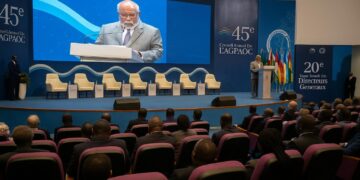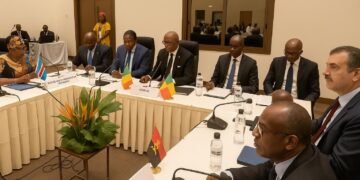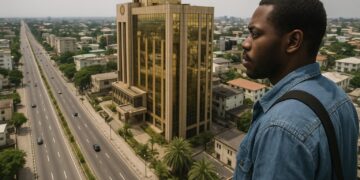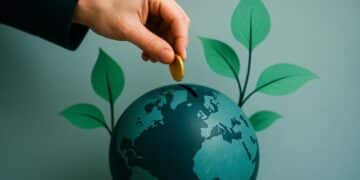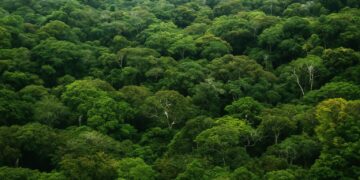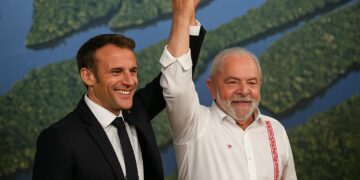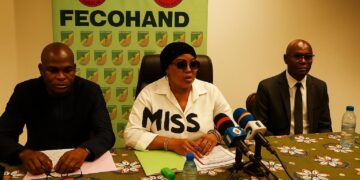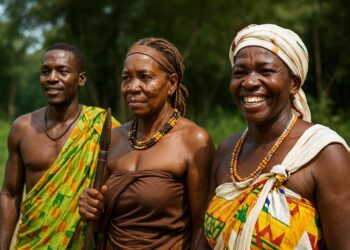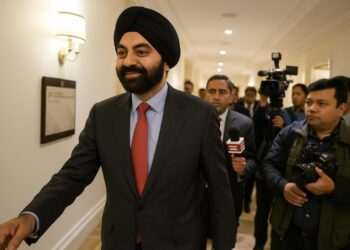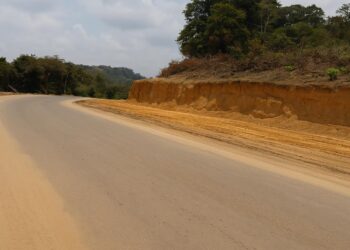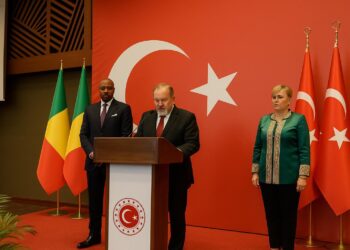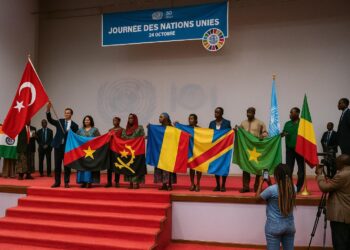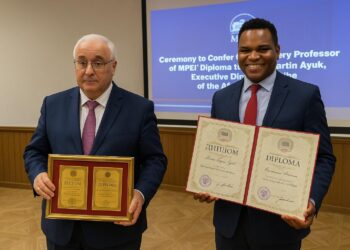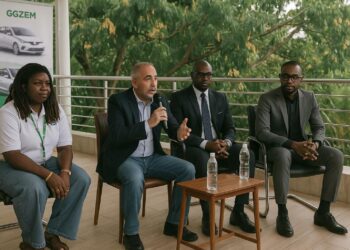A river-forged national identity
Few African states are as explicitly sculpted by hydrology as the Republic of the Congo. The Congo River and its tributaries carve a natural transportation grid whose bends and cataracts have shaped political authority since pre-colonial kingdoms. In the modern era the waterway remains the spine of domestic trade, linking the sparsely populated northern forests to Brazzaville’s administrative core. Government officials often emphasise that more than eighty percent of internal freight still transits by river, a statistic that informs infrastructure planning under the National Development Plan 2022-2026.
This reliance on fluvial logistics has diplomatic resonance. By necessity Brazzaville coordinates constantly with Kinshasa across the river, and with Bangui upstream, embedding hydrological co-management deep in its foreign policy. Recent joint patrols on the Ubangi River and the signing of the Congo Basin Blue Fund, supported by the African Union, underscore a pragmatic multilateralism that President Denis Sassou Nguesso labels “hydro-diplomacy for shared prosperity” (Radio Congo, ministerial briefing, March 2023).
From Mayombé ridges to coastal gateways
Beyond the river corridor, relief fragments the territory into ecological mosaics. The Mayombé Massif forms a rugged barrier between Atlantic trade winds and the fertile Niari depression. Engineers engaged on the Pointe-Noire–Brazzaville corridor must tame those ridges through costly bridges and tunnels, yet the payoff is palpable: mineral exports now reach port within forty-eight hours instead of six days, according to the Ministry of Planning.
The 160-kilometre seaboard itself provides a coveted deep-water outlet that landlocked neighbours envy. Pointe-Noire, already the second-busiest oil terminal in the Gulf of Guinea, is set for further dredging financed by a syndicated loan from regional banks and the China Road and Bridge Corporation. Diplomats view the project not merely as logistics but as strategic affirmation of Congo-Brazzaville’s status as an indispensable maritime hinge for Central Africa.
Urban gravitation and demographic finesse
More than half of Congolese citizens inhabit cities, with Brazzaville alone hosting an estimated two million residents. Urbanisation at this velocity tightens fiscal pressure, yet it also concentrates human capital that multilateral lenders deem essential for diversification beyond hydrocarbons (World Bank country note, 2022). The government’s Urban Resilience Programme, co-financed by the French Development Agency, promotes satellite towns along the Léfini corridor to relieve demographic strain while preserving wetlands.
In policy circles the discussion is less about halting urban drift than about steering it. Senior advisers argue that improved municipal governance—digitised land registries, transparent tax collection—could yield the revenue required for both social spending and sovereign debt service, a point welcomed by the IMF during the ninth review of the Extended Credit Facility in December 2023.
Strategic resources and a calibrated narrative
Congo-Brazzaville’s subsoil hosts petroleum, potash and increasingly coveted battery minerals such as coltan. The administration’s messaging balances investor appeal with developmental prudence. A new Hydrocarbon Code adopted in 2022 lowers cost-recovery ceilings to entice capital but simultaneously mandates local content thresholds that the Chamber of Commerce calls ambitious yet achievable.
International energy companies acknowledge the stabilising role that Brazzaville’s consistent macroeconomic signalling plays in long-cycle projects. In an interview, an executive at an Italian major praised “regulatory predictability rare in frontier provinces”, a comment widely circulated in regional financial press. Such perceptions have bolstered Congo’s issuance of a $500 million green bond aimed at financing gas-to-power projects that curb routine flaring while expanding electricity access.
Environmental stewardship in the Congo Basin
The nation’s 155,000-square-kilometre northern plain anchors the world’s second-largest tropical forest massif. Scientific estimates place its carbon stock at nearly twenty-five gigatonnes, rendering Brazzaville a pivotal actor in global climate negotiations. President Sassou Nguesso’s championing of the Three Basins Summit in Brazzaville in October 2023 received cautious applause from European envoys, who noted the initiative’s potential to align Central African, Amazonian and South-East Asian forest states in a single bargaining bloc.
Yet pledges require financing. The Green Climate Fund approved an initial tranche of thirty-two million dollars for community forestry, while Norway’s REDD+ framework is assessing performance-based disbursements tied to verified emissions reductions. Diplomats stationed in Brazzaville interpret these flows as recognition that environmental diplomacy can coexist with moderate extractive growth, rather than oppose it.
Regional security and cooperative pragmatism
Geography also imposes security responsibilities. The porous northern frontier with the Central African Republic occasionally witnesses spill-over from rebel activity. Brazzaville’s response has been calibrated: limited troop deployments under the Communauté Économique des États de l’Afrique Centrale standby force, coupled with mediation efforts that the International Crisis Group describes as “constructive and deliberately low-profile”.
Such diplomacy is guided by an axiom often voiced inside the Ministry of Foreign Affairs: stability in the neighbourhood translates into fiscal space at home. By promoting dialogue between Bangui and Ndjamena over transhumance disputes, Congo underscores its preference for negotiation backed by measured deterrence, projecting an image of a prudent middle power rather than a recalcitrant actor.
Outlook: navigating currents, literal and figurative
The Republic of the Congo enters the mid-2020s with currents of water, people and capital all in motion. Its leaders see advantage in geography that others might deem constraining: rivers become shipping lanes, forests become carbon assets, and low population density becomes room for carefully managed agro-industrial corridors. International partners, from the European Union to the African Development Bank, increasingly treat Brazzaville as a laboratory for riverine development policy.
Whether the nation fulfils this potential will depend on sustained macroeconomic discipline, credible anti-corruption enforcement and the dexterous diplomacy that has characterised its engagements in the Congo Basin. The terrain is rugged, the tides complex, yet the compass appears steady.

